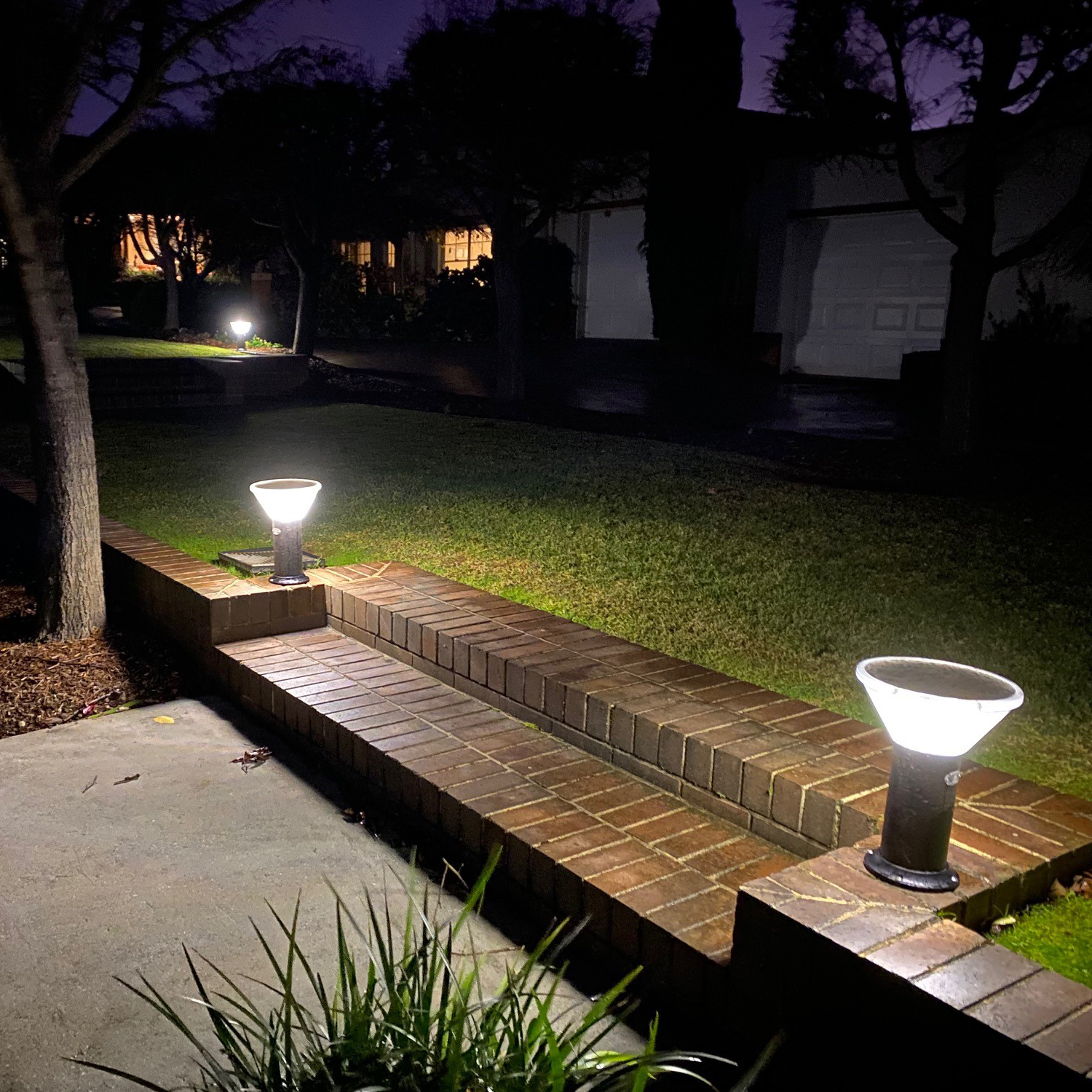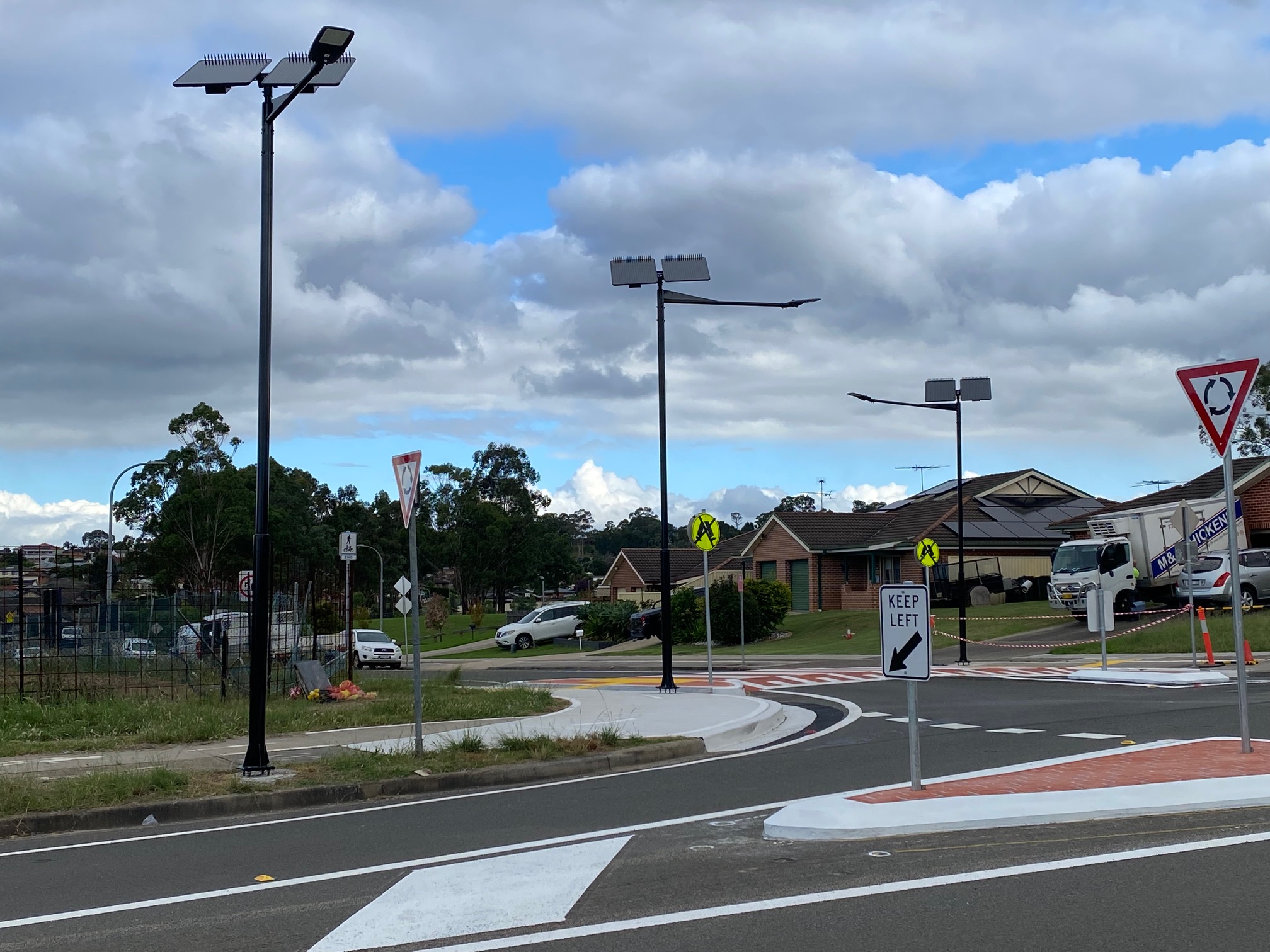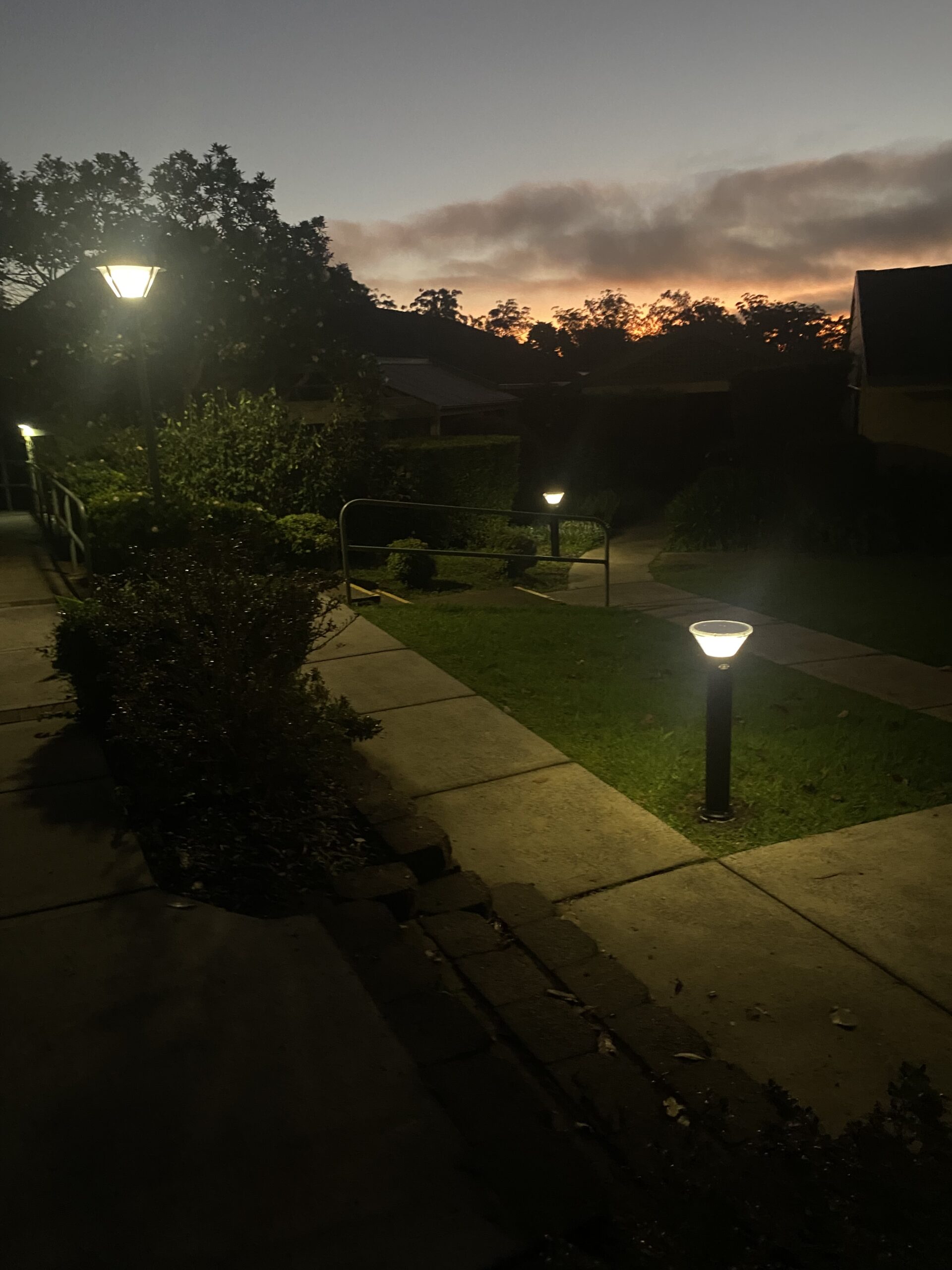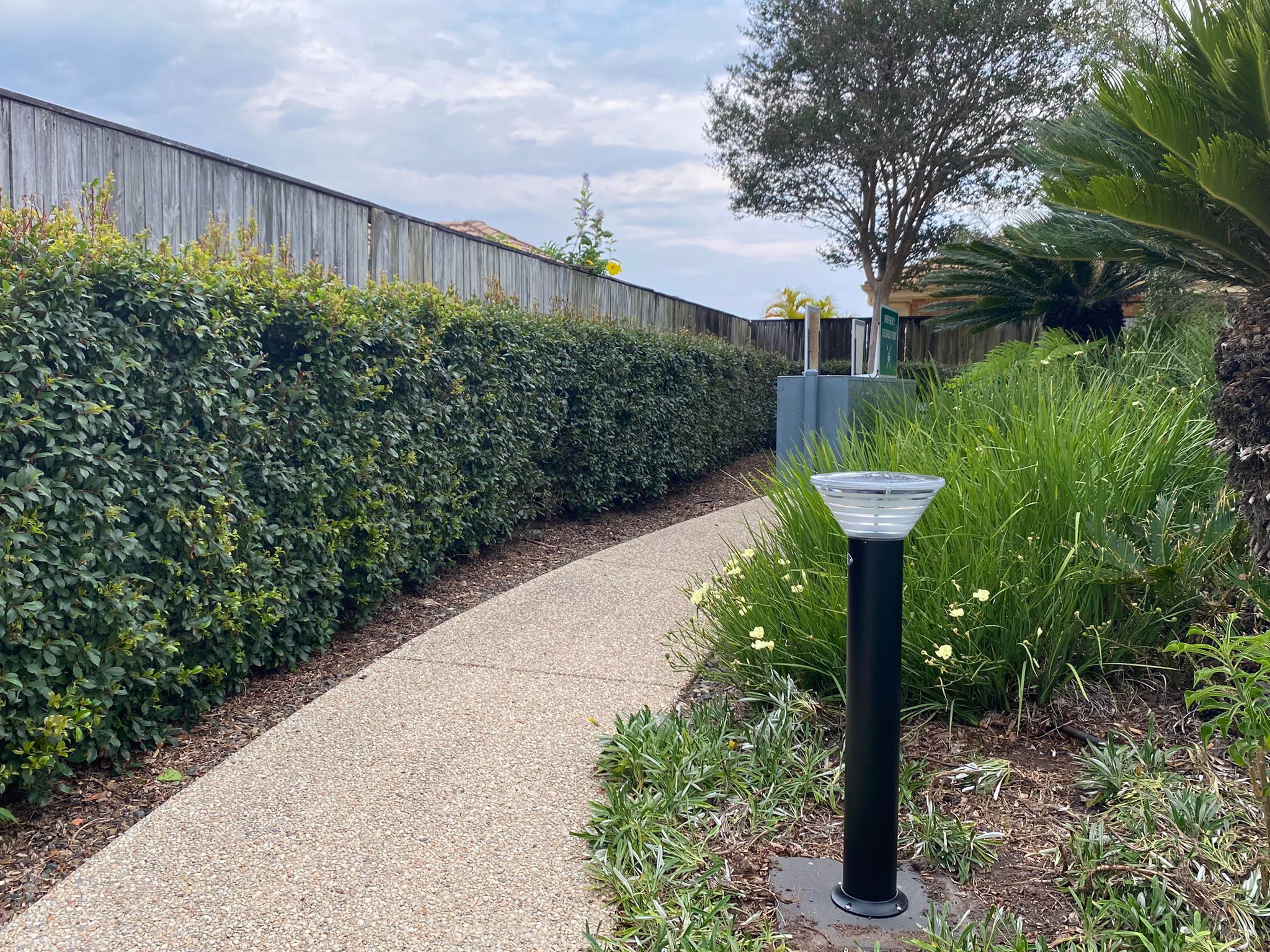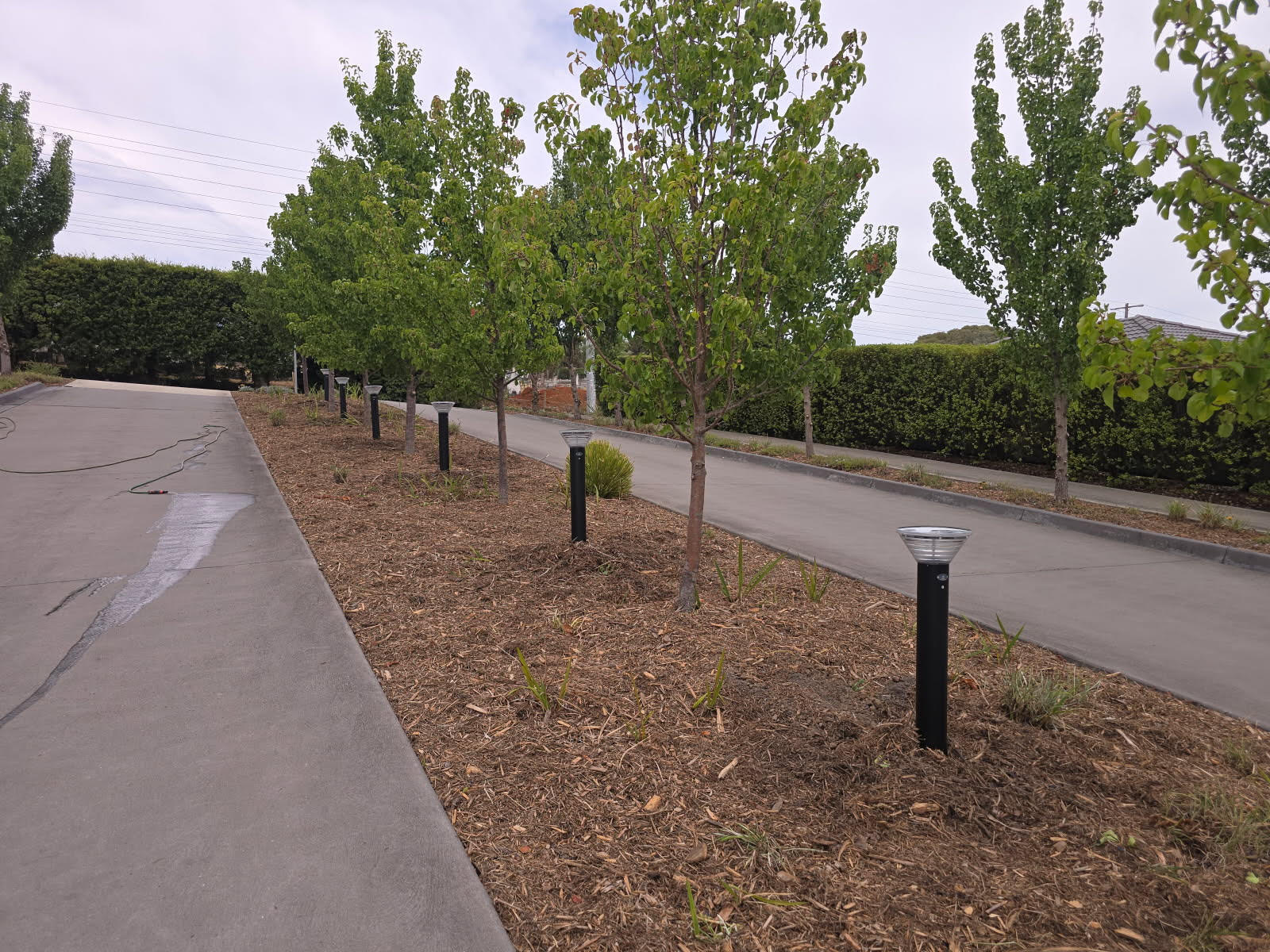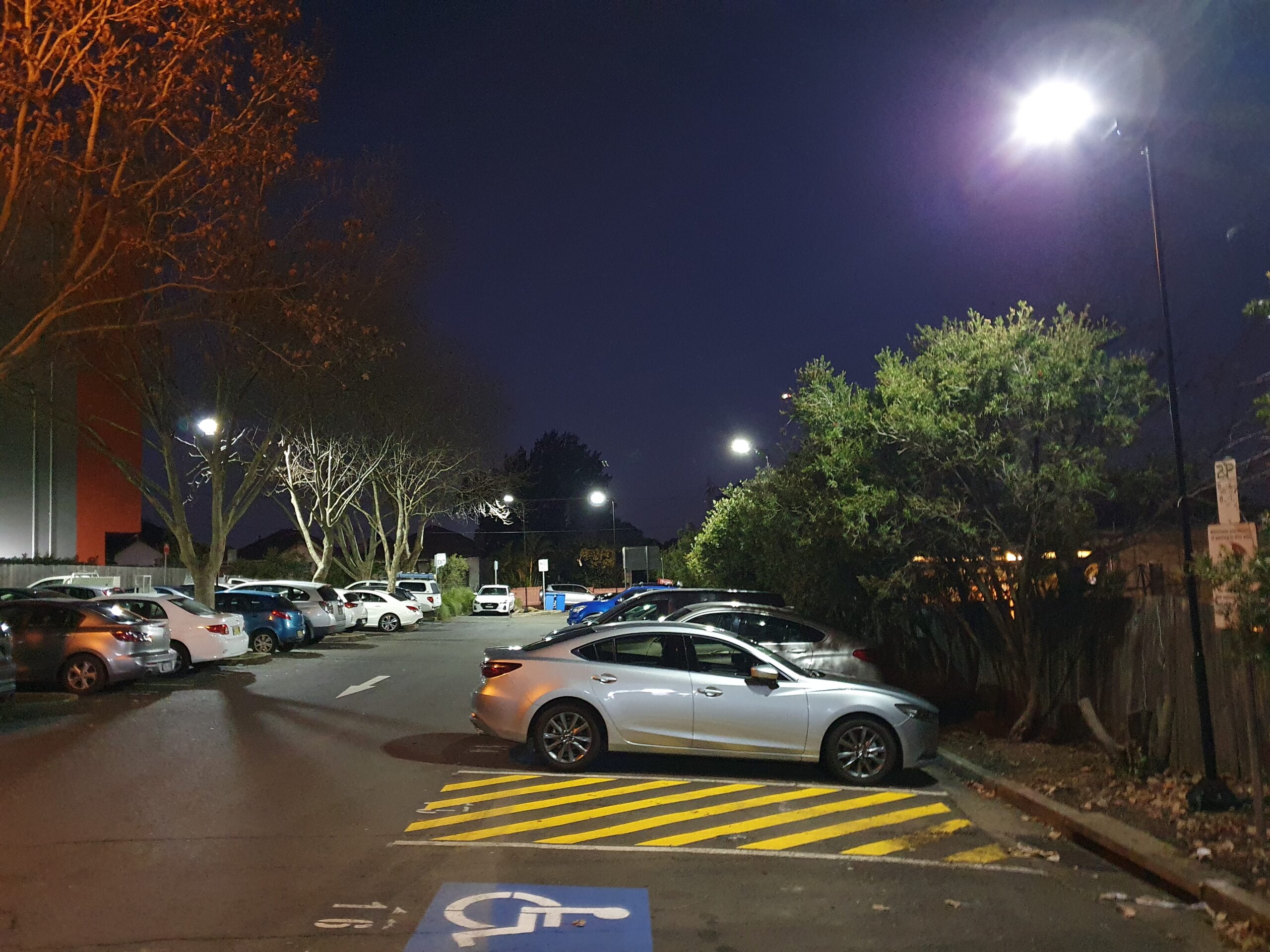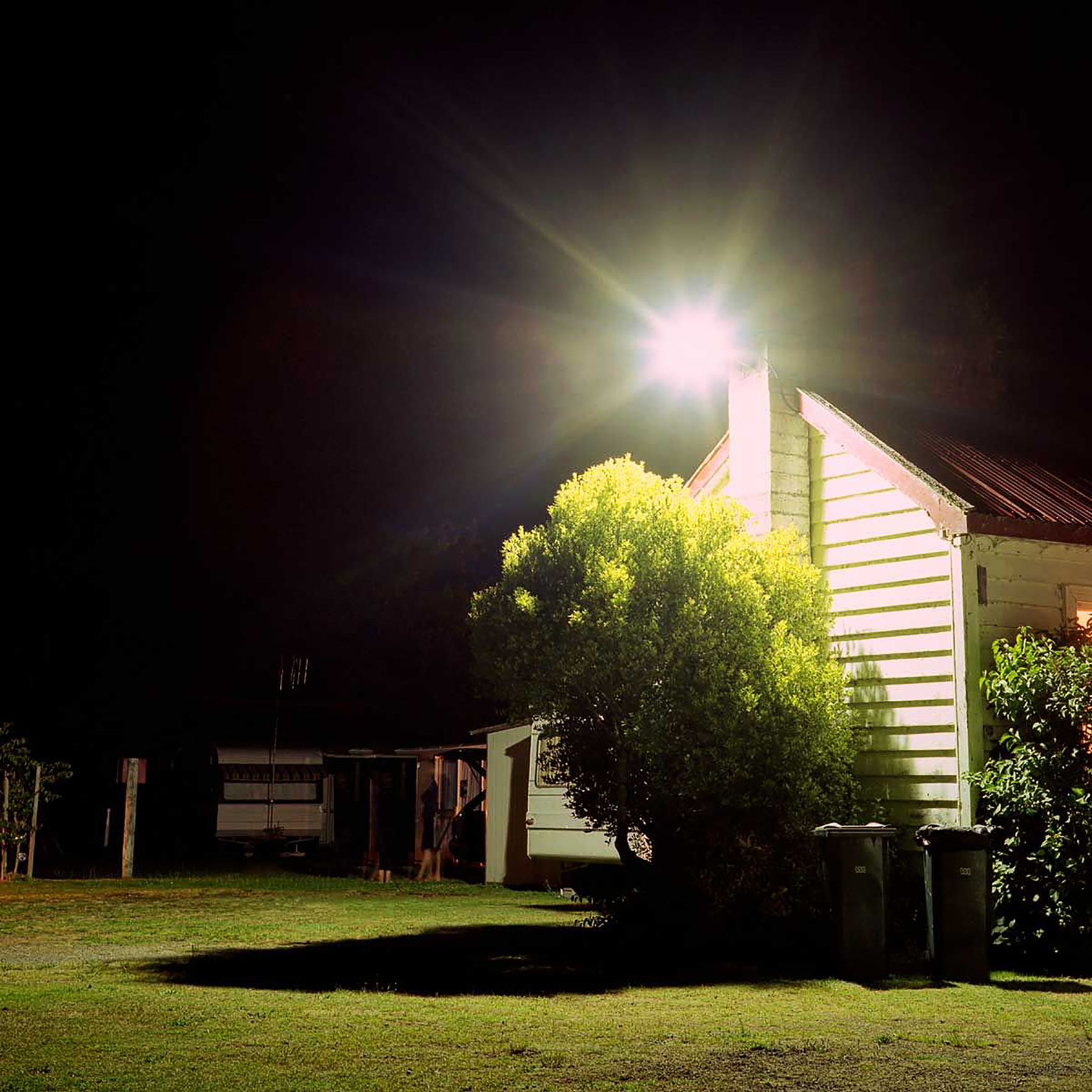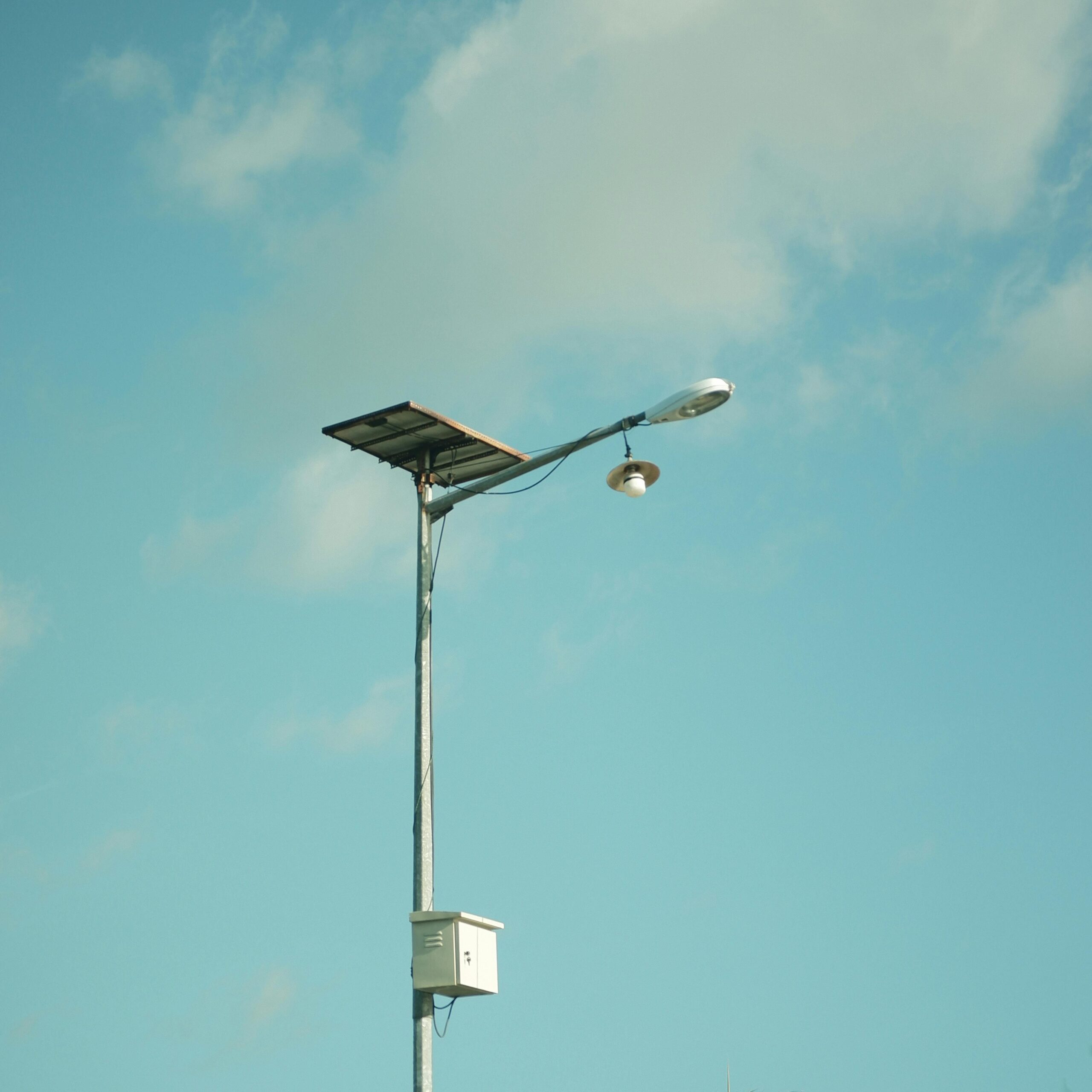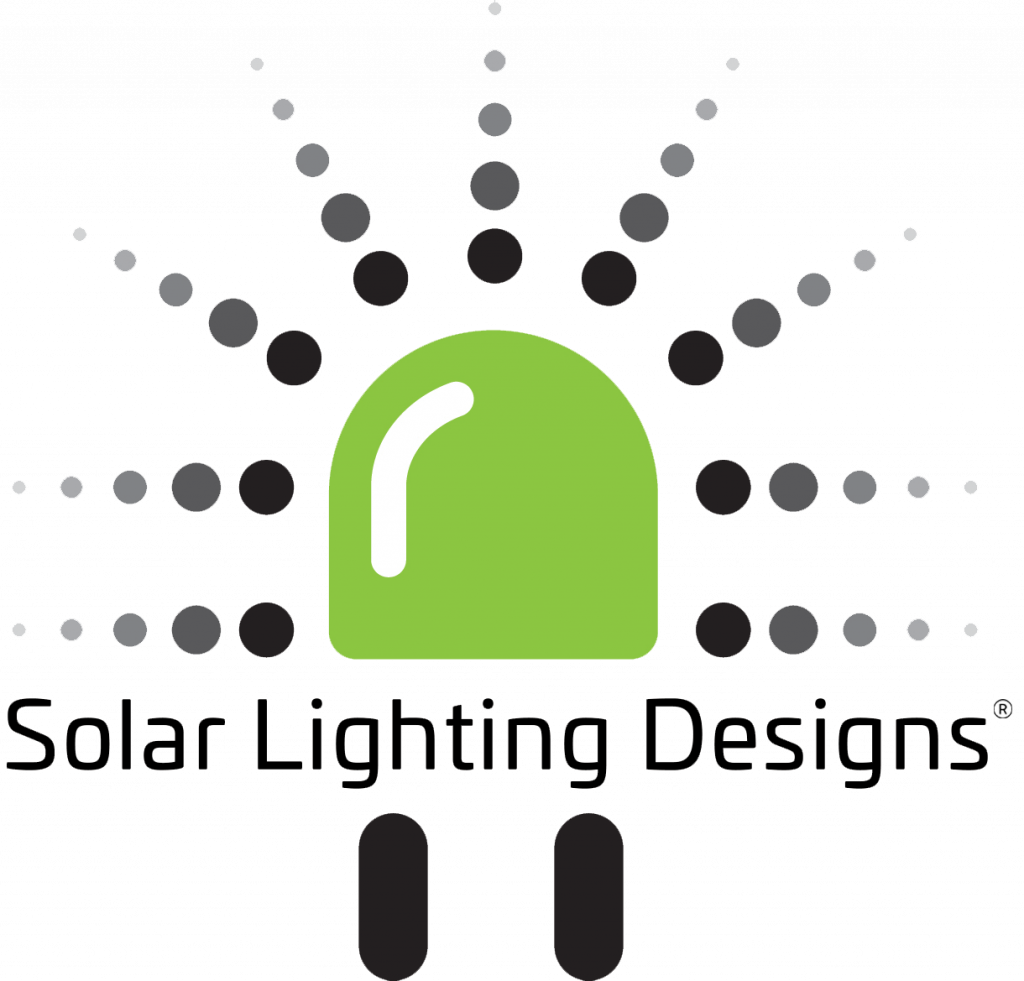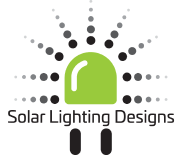Solar Lighting vs Electric Lighting: Cost, Efficiency, and Sustainability Compared
Lighting the Way Forward Lighting plays a crucial role in both residential and commercial spaces. Whether you’re illuminating a garden path or a major road, the choice between solar lighting and traditional electric lighting can significantly affect your long-term costs, energy consumption, and environmental impact. With advancements in solar technology and growing concerns over energy efficiency and sustainability, solar lighting is fast becoming a practical alternative to grid-connected electric lighting. But is it the right choice for your home, business, or community project? In this article, we break down the cost, performance, efficiency, and sustainability of both options to help you make an informed decision. Cost Comparison: Upfront vs Long-Term Savings Upfront Installation Costs The initial cost of solar lighting can be higher than electric lighting due to the inclusion of solar panels, batteries, and integrated components. However, there’s no need for trenching, cabling, or electrical connection, which can significantly reduce installation expenses—especially in remote or hard-to-reach areas. Electric lighting, on the other hand, may have cheaper fixtures but requires more extensive groundwork, wiring, and infrastructure setup. These hidden installation costs often make grid-connected systems more expensive than they initially appear. Operational and Maintenance Costs One of the biggest advantages of solar lighting is that once installed, it generates zero energy bills. Powered by the sun, it requires no electricity from the grid. This makes it especially attractive for councils, facilities managers, and businesses looking to cut operating expenses. Electric lighting systems come with ongoing power bills, which fluctuate based on usage and energy rates. Over 5–10 years, these running costs often exceed the entire investment in a solar alternative. Maintenance and Longevity High-quality solar systems, like those offered by Solar Lighting Designs, are designed for long-term performance with minimal maintenance. Batteries may need replacement every 5–10 years, but solar panels themselves can last 20+ years. Electric systems generally require more frequent servicing, especially where underground cables are involved or electrical faults are more likely. Energy Efficiency: Making the Most of Every Watt Modern solar lighting systems are incredibly energy efficient. With the integration of LED technology, motion sensors, and intelligent controllers, these lights only use energy when needed. For example, motion-activated lights in walkways or parks can save significant power without compromising on safety. Electric lighting systems, while also compatible with LED technology, don’t offer the same level of independence. They rely on grid supply, which often comes from a mix of renewable and non-renewable sources. Unless paired with expensive energy management systems, they continue to draw power even when it’s not needed. With built-in energy storage, solar lighting can also operate through the night and during cloudy weather. Systems offered by Solar Lighting Designs include advanced energy management features that optimise performance based on location, season, and usage. Sustainability and Environmental Impact Carbon Footprint The most compelling argument in favour of solar lighting is sustainability. By harnessing clean, renewable solar energy, these systems drastically reduce carbon emissions over their lifetime. They also eliminate the need for fossil fuel-powered grid electricity, helping businesses and councils meet their environmental targets. Electric lighting, even when energy-efficient, still draws power from the grid, which may be partly powered by coal or gas. This results in a higher carbon footprint and long-term environmental impact. Lifecycle and Materials Solar lighting systems often use recyclable components, including aluminium housings, lithium batteries, and tempered glass panels. At the end of their lifecycle, many components can be responsibly disposed of or reused. At Solar Lighting Designs, we source and develop products with sustainability in mind. From solar bollard and walkway lighting to solar street lights, our solutions are engineered for durability, recyclability, and performance. Use Case Comparisons: Where Each Option Shines Best Use Cases for Solar Lighting Rural roads, parks, and walking trails Remote and off-grid areas Pathways, courtyards, and carparks Temporary installations or leased properties Sustainability-conscious developments Projects using solar lighting can benefit from quicker deployment and long-term cost savings, without sacrificing light output or design. Explore solutions like: Solar Courtyard, Billboard and Sky Lighting Vandal Resistant Solar Lighting Solar Flood and Security Lighting Best Use Cases for Electric Lighting Areas with existing electrical infrastructure High-intensity commercial or industrial zones Indoor spaces where solar exposure isn’t feasible Electric lighting still has a place, particularly where constant, high-lumen lighting is needed in enclosed environments. However, pairing electric lighting with smart controls or backup solar systems can help reduce environmental impact and operational costs. Performance and Reliability Modern solar lighting systems are engineered to perform reliably in a wide range of environmental conditions. With smart charge controllers and lithium-ion battery storage, lights remain operational during cloudy days or even extended overcast periods. Products such as solar site and tower lighting and solar batten and shed lighting are excellent examples of how off-grid lighting can be used for work sites, sheds, and industrial facilities. Electric lighting, while consistent in performance, is vulnerable to blackouts, energy price hikes, and infrastructure damage. During storms or power outages, solar lighting can continue to operate independently, making it a safer and more dependable option in many cases. Installation Flexibility and Speed Solar lighting is often far faster and simpler to install than electric lighting. With no need for trenching, power connection, or heavy equipment, solar lights can be installed in a matter of hours. This significantly reduces project delays and labour costs. Whether it’s a new car park requiring solar flood lights, a temporary road needing solar traffic and safety products, or a landscape upgrade with solar bollards, solar options offer unmatched versatility. Electric lighting can take days—or even weeks—to install, especially in public spaces or heritage-listed areas where cabling is difficult. By avoiding these disruptions, solar options create safer, more efficient construction environments. The Financial Case for Solar Lighting When considering total lifecycle costs, solar lighting almost always comes out ahead. While the initial price might
